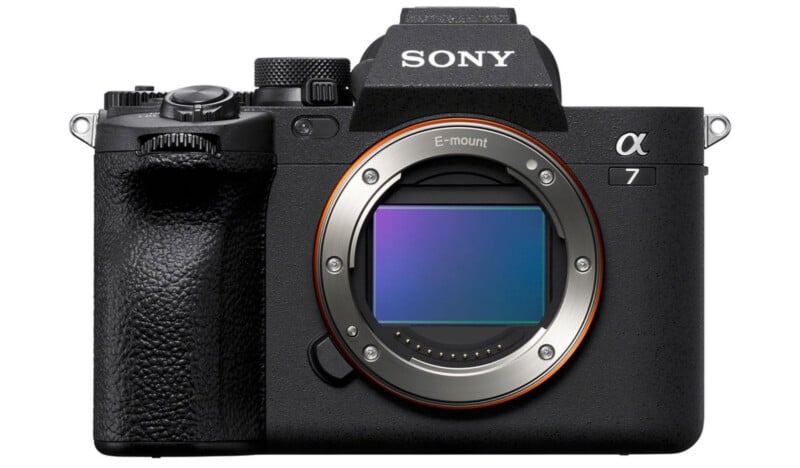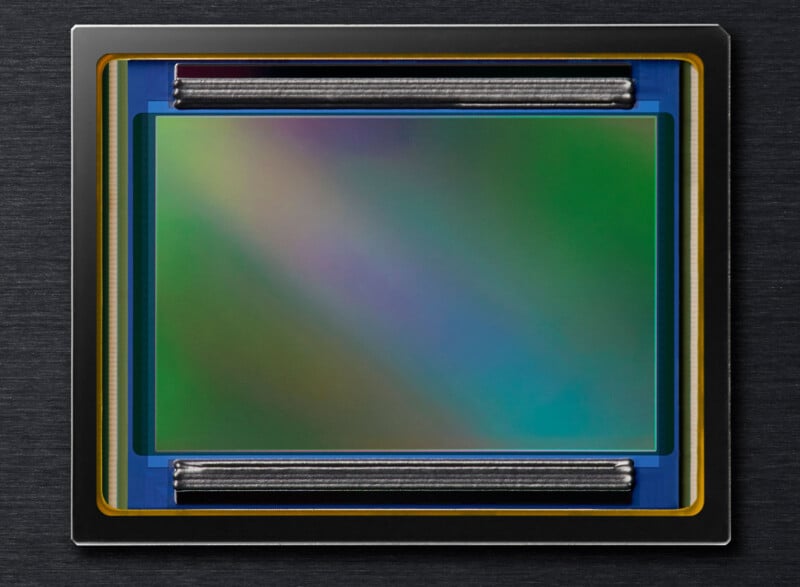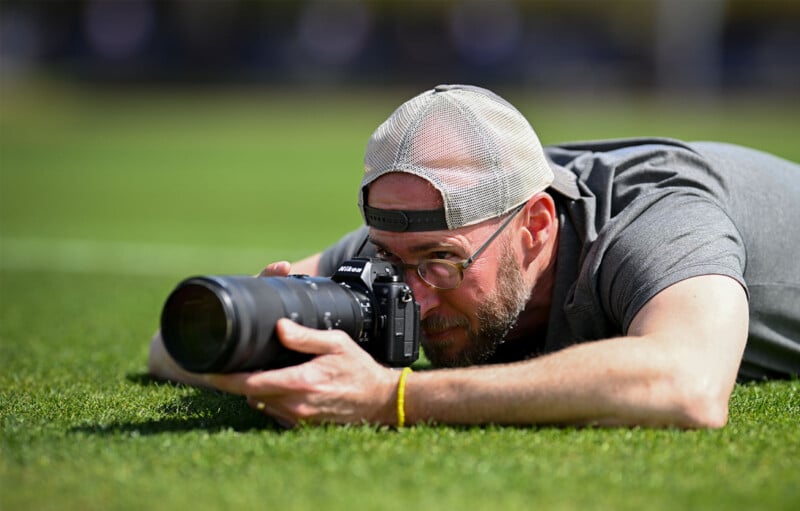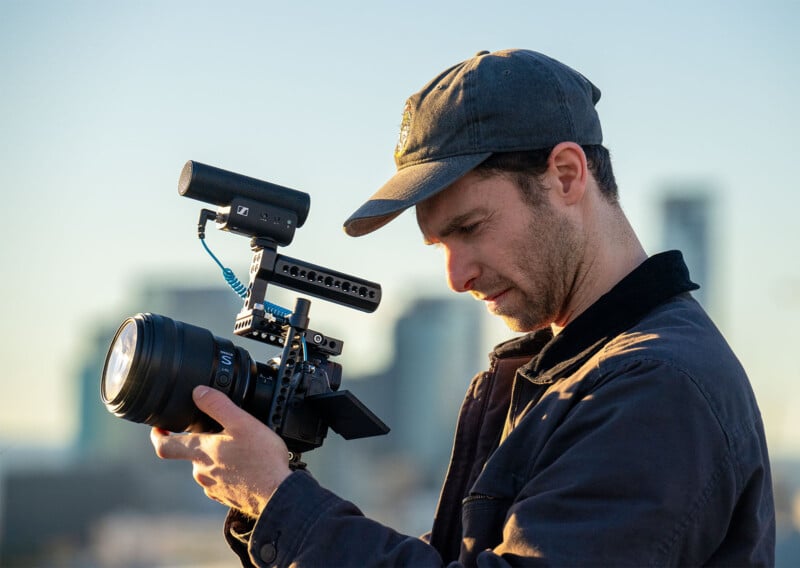Arguably, the Sony a7 IV has been the top dog in the mid-range camera space since it released in late 2021. And it’s an excellent camera, as is 2023’s Canon EOS R6 II. However, the Nikon Z6 III does something those cameras haven’t: be more than a compromise.
Make no mistake about it, the a7 IV is a fantastic camera in its own right. It captures lovely photos, has strong autofocus performance, and has good video chops. However, it is held back primarily by iffy Sony ergonomics and so-so continuous shooting speeds. The a7 IV offers less than Sony’s best mirrorless cameras, but that’s understandable given its lower price. Right?

The story is similar with the Canon EOS R6 II. It is a solid upgrade over the original R6 and is my favorite Canon EOS R-series camera for still photography. Where the a7 IV comes up short for sports and action photography, the R6 II performs well. However, where Sony’s mid-range offering delivers solid video autofocus performance, the R6 II falters a bit.

Enter the Nikon Z6 III. It can do it all — photo and video — at a mid-range price. The a7 IV and R6 II, as good as they are, come with tradeoffs, the Z6 III really doesn’t, at least for most users.
The Z6 III stakes its claim by being more than a cheaper, worse version of Nikon’s best cameras. It is as good, and occasionally even better, than Nikon’s more expensive offerings across multiple key areas, including for photo and video applications.
Much of the Z6 III’s performance comes down to its partially stacked 24.5-megapixel image sensor. The a7 IV and R6 II have good image sensors, capable of a lot, but both feature traditional image sensor designs — not stacked, partially or entirely.

A stacked image sensor, like Sony uses in its incredible a1 and Canon uses in the EOS R3, offers significant speed and performance advantages over typical image sensors. Nikon enthusiasts also know the benefits of a stacked sensor thanks to the Z8 and Z9 cameras. These four cameras all have something else in common: high prices.
It’s no surprise Sony and Canon went for typical sensors in their mid-range cameras because both companies are trying to thread the needle and deliver acceptable performance at a palatable, approachable $2,499 price (As an aside, the R6 II’s MSRP is $2,499, but the camera is currently on sale for $1,999). This is the same approach Nikon had taken with its Z6 series.

However, with the Z6 III, Nikon has engineered a new image sensor that offers some of the benefits of a stacked sensor without propelling the cost into the stratosphere. The Z6 III’s partially-stacked sensor cannot quite match the readout speed, autofocus performance, and continuous shooting speed of the Z9, but it significantly bests the performance of the Z6 II. And perhaps more importantly, it bests the a7 IV and R6 II.
PetaPixel has already put the a7 IV and R6 II head-to-head, finding that each camera has some distinct advantages. The R6 II won out with handling, stabilization, video, and burst shooting. Meanwhile, the a7 IV’s autofocus, image quality, battery life, and lens lineup reigned supreme.
We will have to include the Z6 III in the mix now for a rematch because, both on paper and in the real world, it beats out the a7 IV and R6 II in nearly every category, although the a7 IV still has the best overall lens system and some extra megapixels.
As for video performance, this is an area where the Z6 III excels. It shoots internal 6K RAW video at up to 60p. In contrast, the a7 IV and R6 II top out at 4K resolution and don’t shoot RAW video internally (the R6 II can use an external recorder). The Z6 III also shoots FHD 240p video, something no Nikon camera or the a7 IV and R6 II can do.

There’s nothing wrong with a camera aiming to be “good enough” at a specific price. However, the Z6 III changes the tone of discussion from “What are you giving up?” in the mid-range segment to “What are you actually missing?” The Z6 III is a transformative moment for the Nikon Z series and, perhaps, the full-frame camera space as a whole. Nikon has raised the bar.
